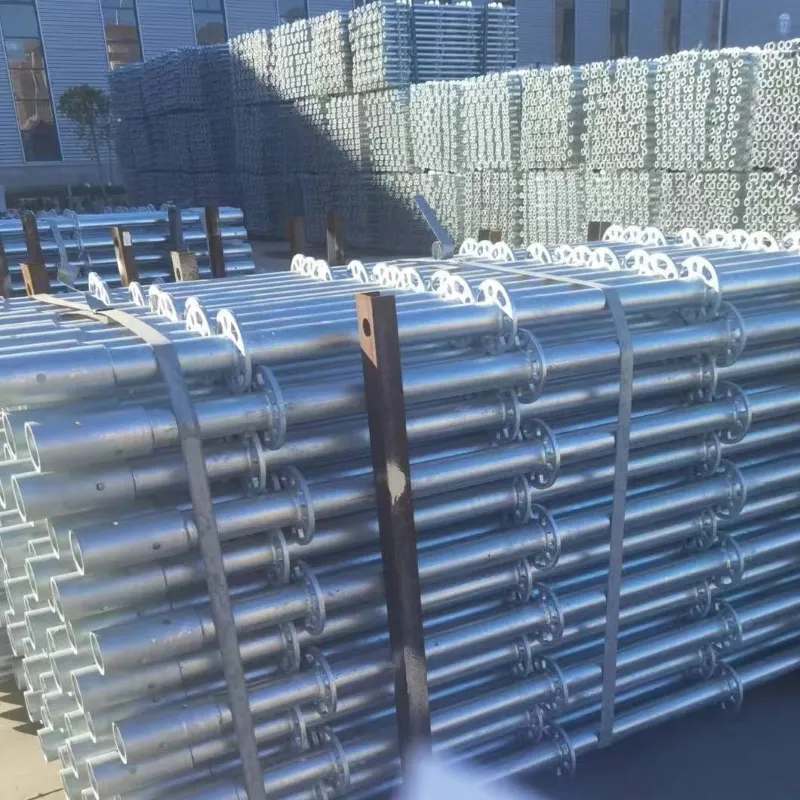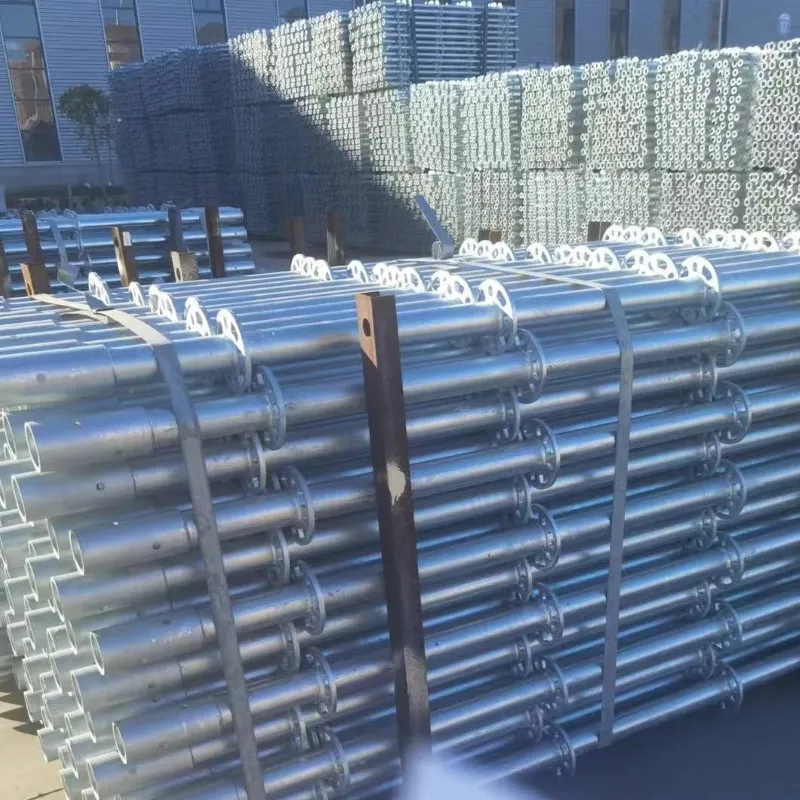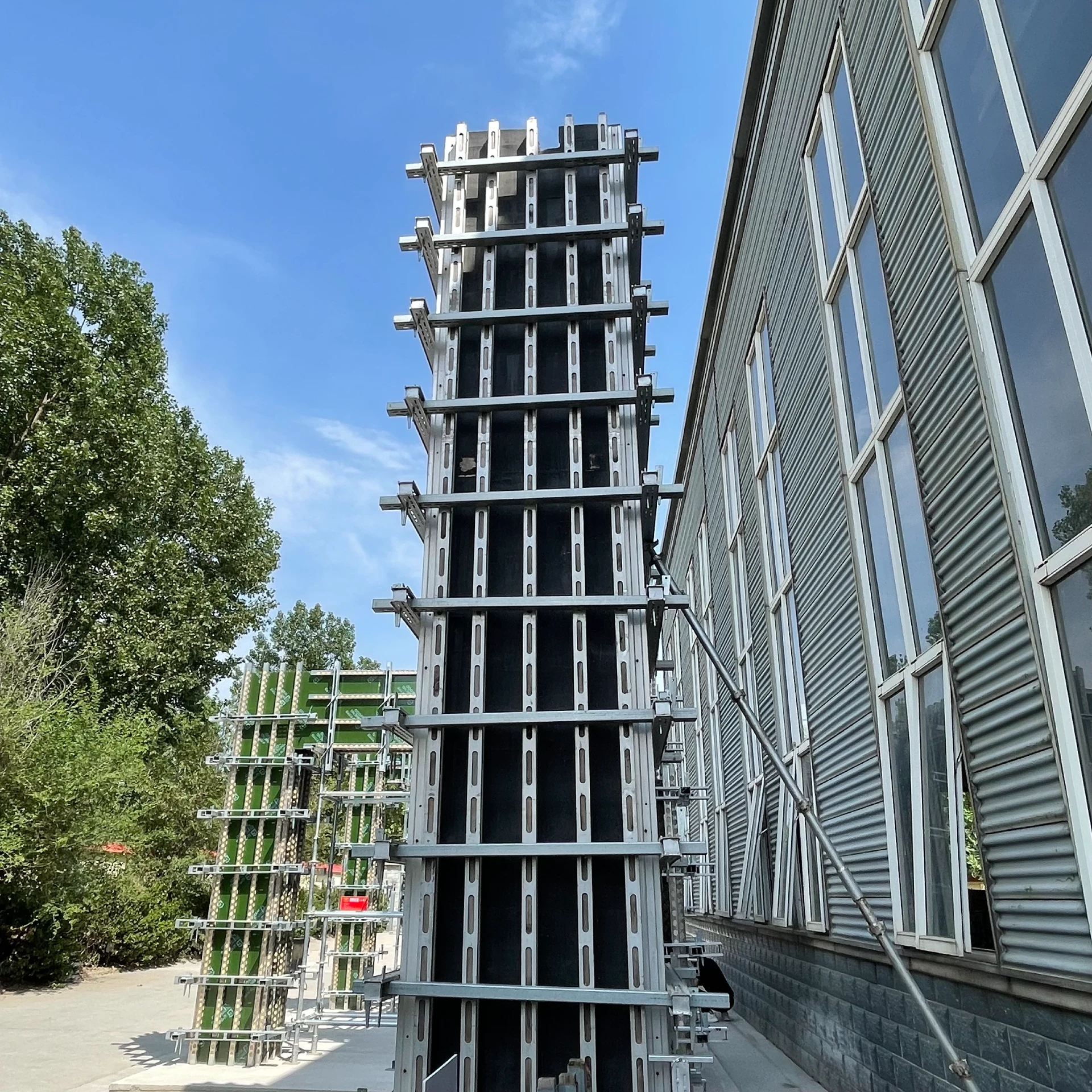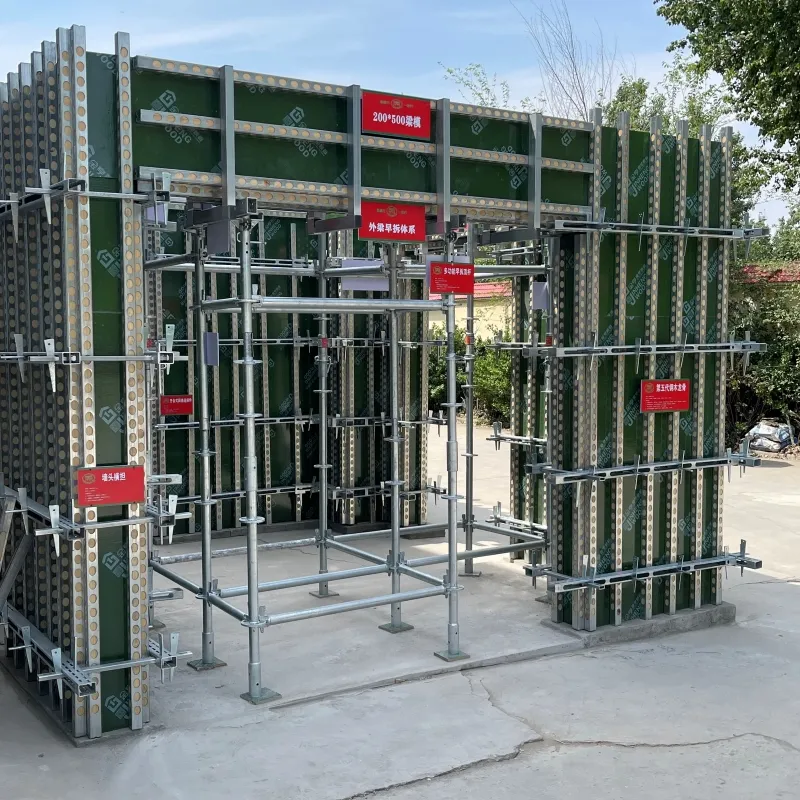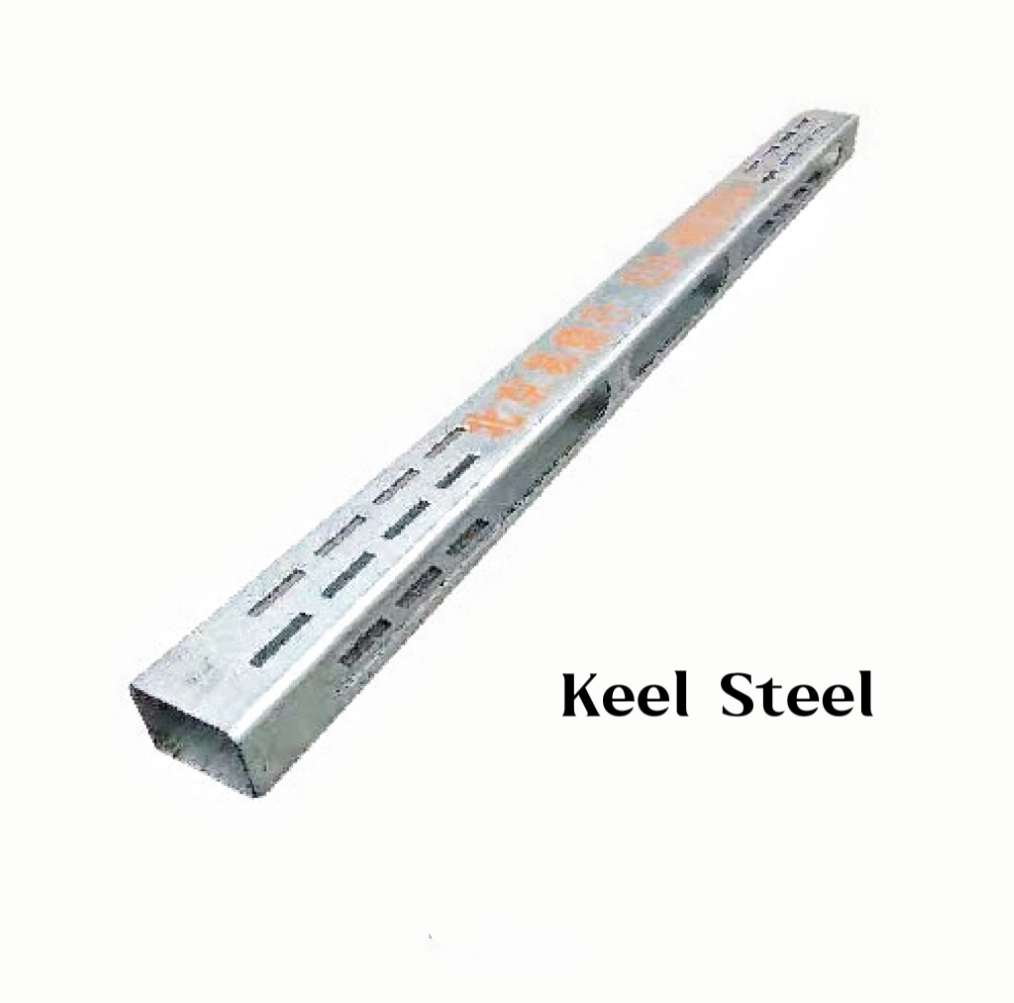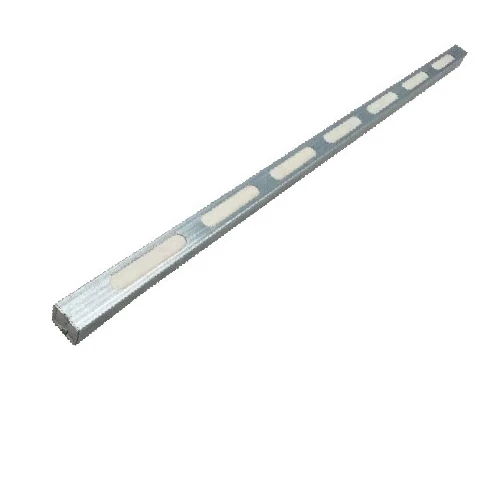
AI-Enhanced Timber Steel Solutions | Top Performance
Explore the industry-leading, advanced timber steel technology—an innovative synthesis of timber and metal, offering unparalleled strength, versatility, and longevity for modern construction. Discover its market trajectory, manufacturing specifics, certification, specification data, and real-world case performance in sectors from petrochemicals to urban infrastructure.
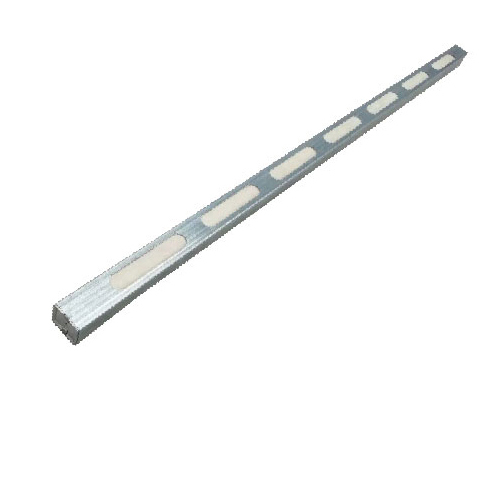
As global construction standards tighten and sustainable materials rise to prominence, timber steel—also known as timber metal or steel timber brackets—has emerged as the archetype for hybrid structural solutions. According to Statista, global demand for hybrid connection systems is growing 12.5% annually, with applications in architectural, petrochemical, water management, and metallurgical sectors.
- Market Share by Hybrid Connectors (2023): Timber Steel — 35%, Traditional Steel Brackets — 28%, Pure Timber Joints — 18%
- Typical Use: Timber frame steel brackets for large-span structures, seismic jointing, corrosion-sensitive sites.
- Key Industry Trends: CNC customization, eco-friendly anti-corrosion coatings, rapid on-site assembly, modularization.
2. Timber Steel Technical Parameters Table
| Parameter | Timber Steel | Traditional Timber | Stainless Steel Only |
|---|---|---|---|
| Yield Strength (MPa) | 355–460 | ≈60 | 310–580 |
| Bending Fatigue Resistance (Cycles x104) | 250 | 85 | 340 |
| Corrosion Resistance (Salt Spray, h) | 500–1200* | 150 | 700–2000 |
| Thermal Expansion (μm/m·℃) | 7.5–11.8 | 3.6 | 16.2 |
| Design Service Life (years) | 45–70 | 15–30 | 30–80 |
| Eco Impact Score (LEED Index) | 78 | 54 | 65 |
*Anti-corrosion by hot-dip galvanizing (ASTM A123 standard); certified to ISO 12944/ANSI E1.31.

3. Timber Steel Manufacturing Process Flow

- Material: Q235B/Q355 steel alloys + selected pine/larch timber (FSC certified)
- Precision: Machined to ±0.15mm by German CNC centers
- Coating: Optional hot-dip zinc, eco epoxy, or stainless shell (per ISO 9227 standard)
- Testing: Tensile/fatigue/corrosion tests per ISO 6892-1 and ANSI AISC 360-16
- Certification: CE Marking, ISO9001:2015, SGS batch testing, full traceability
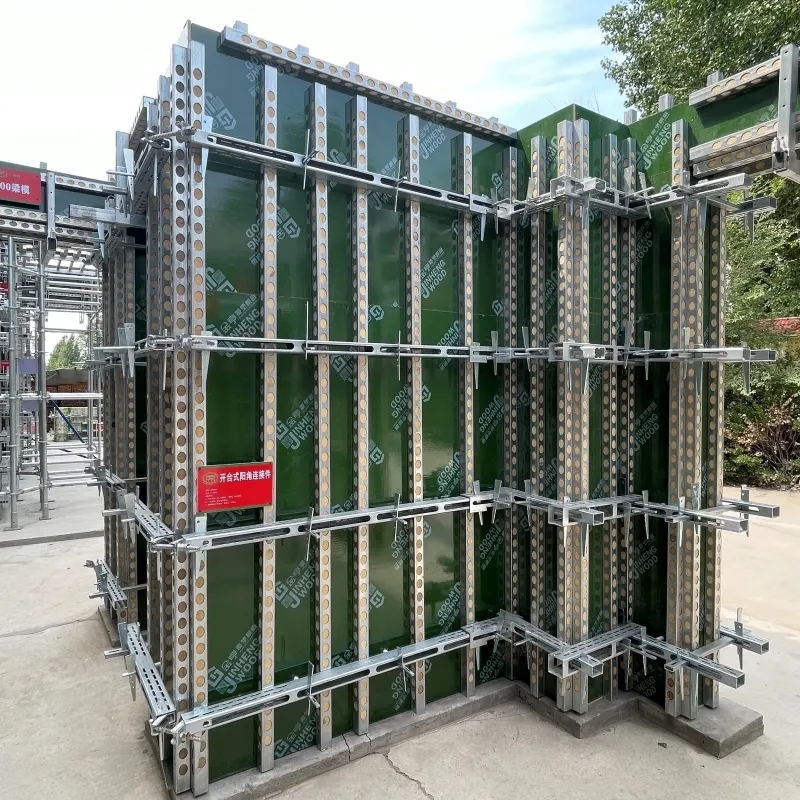
4. Key Technical Advantages of Timber Steel in Real Scenarios
- Dual Performance: Combines timber elasticity (dampens vibration, offers natural shock absorption) with steel’s high tensile/load resilience.
- Superior Corrosion Resistance: Multilayer anti-corrosion coating resists saline, acidic, and industrial pollutants (ISO 12944 C5-M rating).
- Precision Assembly: Modular components; fast, tool-less on-site installation—minimal labor, zero welding. Ideal for retrofits.
- Energy Efficient: Timber elements reduce thermal bridging and HVAC loads in buildings vs. all-metal solutions.
- Eco-Certified: Low embedded CO2; majority of lumber FSC-sourced. Recyclable at end-of-life.
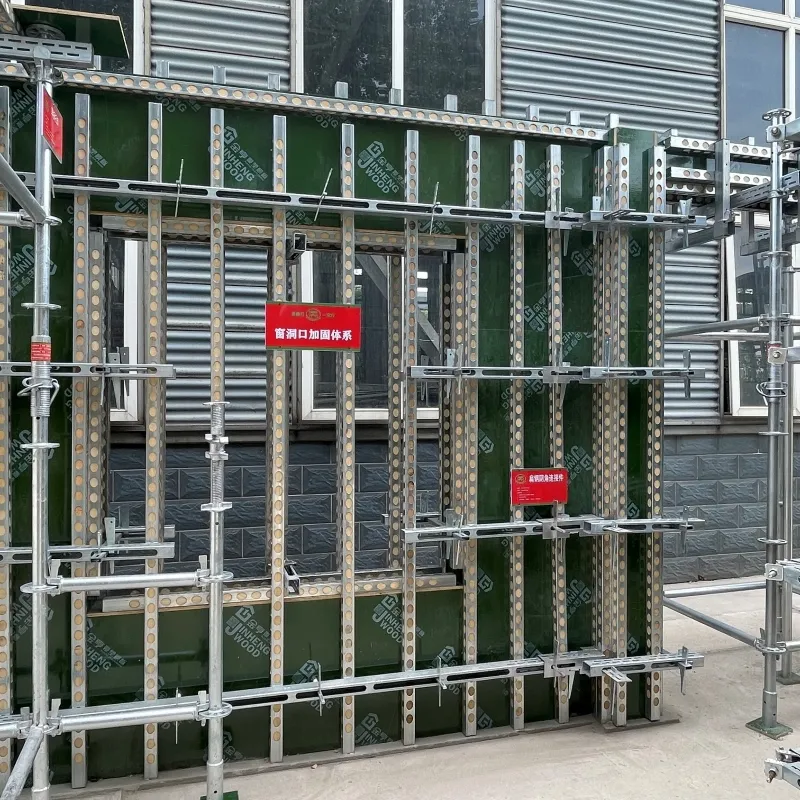
| Model | Main Material | Bracket Type | Standard Size (mm) | Finishing | Industry Application |
|---|---|---|---|---|---|
| TS-G45 | Q355 Steel + Pine/Larch | Angle/Moment/Shear | 65x125x5 / Custom | HD Galvanized / Epoxy | Building Structure, Industrial Framing |
| TS-M70 | Stainless + Pine | Base/Anchor | 88x150x8 | Stainless (AISI304) | Chemical, Waterworks |
| TS-X90 | Alloy Steel + Larch | Tension/Seismic | 95x175x6 | Epoxy, Fluorocarbon Coating | Bridge, Power Grid |
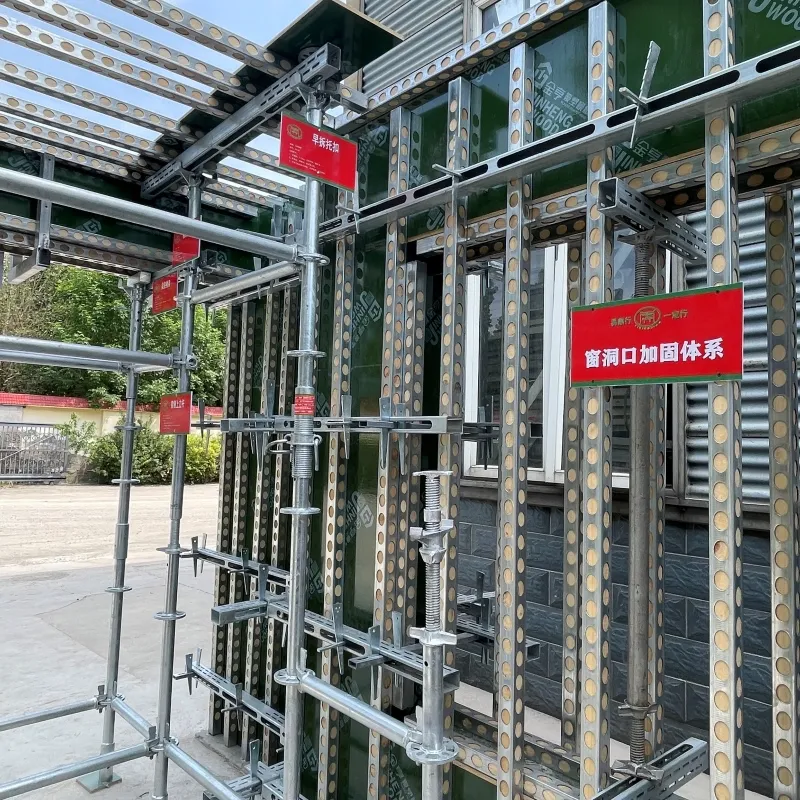
6. Industry Comparison: Timber Steel vs. Market Alternatives
| Feature | Timber Steel | Pure Metal Bracket | Common Timber Joint |
|---|---|---|---|
| Material Strength | High hybrid (steel-timber synergy) | Very high, less flexible | Low-medium |
| Corrosion Protection | Multi-coat anti-corrosive (ISO 12944) | Galvanized or stainless only | None |
| Eco-Friendliness | Excellent (FSC wood, recyclable) | Moderate | Good (if sustainably sourced) |
| Installation | Modular, rapid | Tools/welding | Carpentry, vulnerable joints |
| Lifecycle Cost | Lowest (up to 70 years) | Medium | High (due to replacements) |
| Compliant Standards | ISO, ANSI, CE | ISO, CE | Wood standards only |
- MOQ: 200 pcs; rush orders and legacy-match supported
- Warranty: 24–60 months (material and process coverage, per ISO 9001:2015)
- Global shipping: DAP/DDU door-to-door, export experience in 98+ countries
- Track record: 11+ years, 30M+ brackets delivered, OEM/ODM expertise
- All timber steel products verified by ISO 6892-1 for mechanical integrity, ISO 9227 for anti-corrosion, and ANSI AISC 360 for structural fitment.
- SGS on-site batch testing and CE marking; eco-compliance per EU & North American building code (EN 1993-1-8, IBC).
- Partnered with major engineering firms—Siemens, Skanska, local EPCs—worldwide.
- Repeatedly quoted in Engineering News and construction journals for its hybrid-performance benchmarks.
- Project: 11,800 units of timber steel base brackets installed across municipal wastewater stations
- Key Requirements: Salt spray test >1,000 hours, load rating >3x redundancy
- Results: 0 product failures after 2+ years; inspector’s report: “Exceeded both corrosion and vibration resistance of all previous solutions.”
- Reference: Water Industry Operations Association of Australia
9. FAQs and Professional FAQ
Q1: What are the standard materials for timber steel components?
Industrial timber steel is mainly a hybrid of Q235B/Q355 carbon steel alloys and FSC-certified pine or larch timber. Optionally, marine-grade stainless steel (AISI 304/316) is used where aggressive corrosion resistance is necessary.
Q2: What are typical mechanical properties and how are they tested?
Standard yield strength: 355–460 MPa; tensile tested per ISO 6892-1. Fatigue strength assessed via 2 million-cycle bending fatigue at 70% load.
Q3: Which coating systems are used for corrosion protection?
Hot-dip galvanizing (as per ASTM A123), eco-epoxy, and occasionally fluorocarbon coatings—certified by ISO 9227 salt spray test up to 1,200 hours.
Q4: Are custom designs possible for steel timber brackets?
Yes, full CAD/BIM customization available. Projects may specify bracket geometry, hole/groove patterns, coatings, timber type, and company logo.
Q5: What industry standards should installations comply with?
Installations generally reference ANSI AISC 360-16 (steel structure), ISO 3452-1 (NDT testing), and regional code (e.g., Eurocode 5 for timber).
Q6: How long is the service life? What about warranty?
Service design minimum: 45 years, with 24–60 month factory warranty—extended for projects with annual inspection.
Q7: What documentation/certification comes with each purchase?
Each shipment includes full material trace, batch QC certificate, ISO/CE paperwork, and detailed mechanical test report.
- Petrochemical Plants: Pipe supports, seismic brackets, corrosion-resistant joinery
- Metallurgical Industry: Structural beams, high-load interfaces, fatigue damping
- Municipal Waterworks: Anti-corrosive anchoring, pump house frames, environmental compliance
- Commercial & Public Buildings: Facades, heavy timber roof trusses with steel reinforcement for aesthetics and longevity
- Transport Infrastructure: Long-span walkways, highway noise barriers, railway supports
- Renewable Energy: Wind turbine platforms, PV mounting systems (hybrid timber and steel construction reduces lifecycle emissions)
“Our switch to timber steel brackets cut assembly time by 34% and maintenance costs by 42%. No observable corrosion after 16 months.”
- 24/7 technical support: Engineers, CAD experts available by mail, phone, WeChat
- Documentation: Installation manuals, MTCs, inspection guidelines included
- Fast spare parts shipping: 72h global dispatch; local warehouse in US/Euro/Asia
- Extended support: Annual inspection contract available; technical upgrade service per EN1993 update
- “Hybrid Timber-Steel Structural Connectors for Sustainable Architecture”, Journal of Constructional Steel Research, Elsevier. Read paper
- “Structural Steel-Timber Hybrid Frames for Low-Carbon Buildings”, Engineering Structures, ScienceDirect. Read abstract
- Engineering News — Timber-Steel Connection Innovations. Industry forum
- Water Industry Operations Association of Australia — Waterworks Case. Case reference
-
The Impact of Weather Conditions on Scaffold Platform PerformanceNewsAug.01,2025
-
The Fundamental Role of Steel Keel in Building StructuresNewsAug.01,2025
-
The Advantages of Aluminium Scaffolding for Sale in the Construction MarketNewsAug.01,2025
-
Supply Chain Optimization in Joist Reinforcement Plate ProductionNewsAug.01,2025
-
Material Grades and Their Significance in Column Rebar SelectionNewsAug.01,2025
-
How to Select the Right Timber Steel for Structural ApplicationsNewsAug.01,2025
-
The Importance of Reinforcement Bar in ConstructionNewsJul.11,2025




